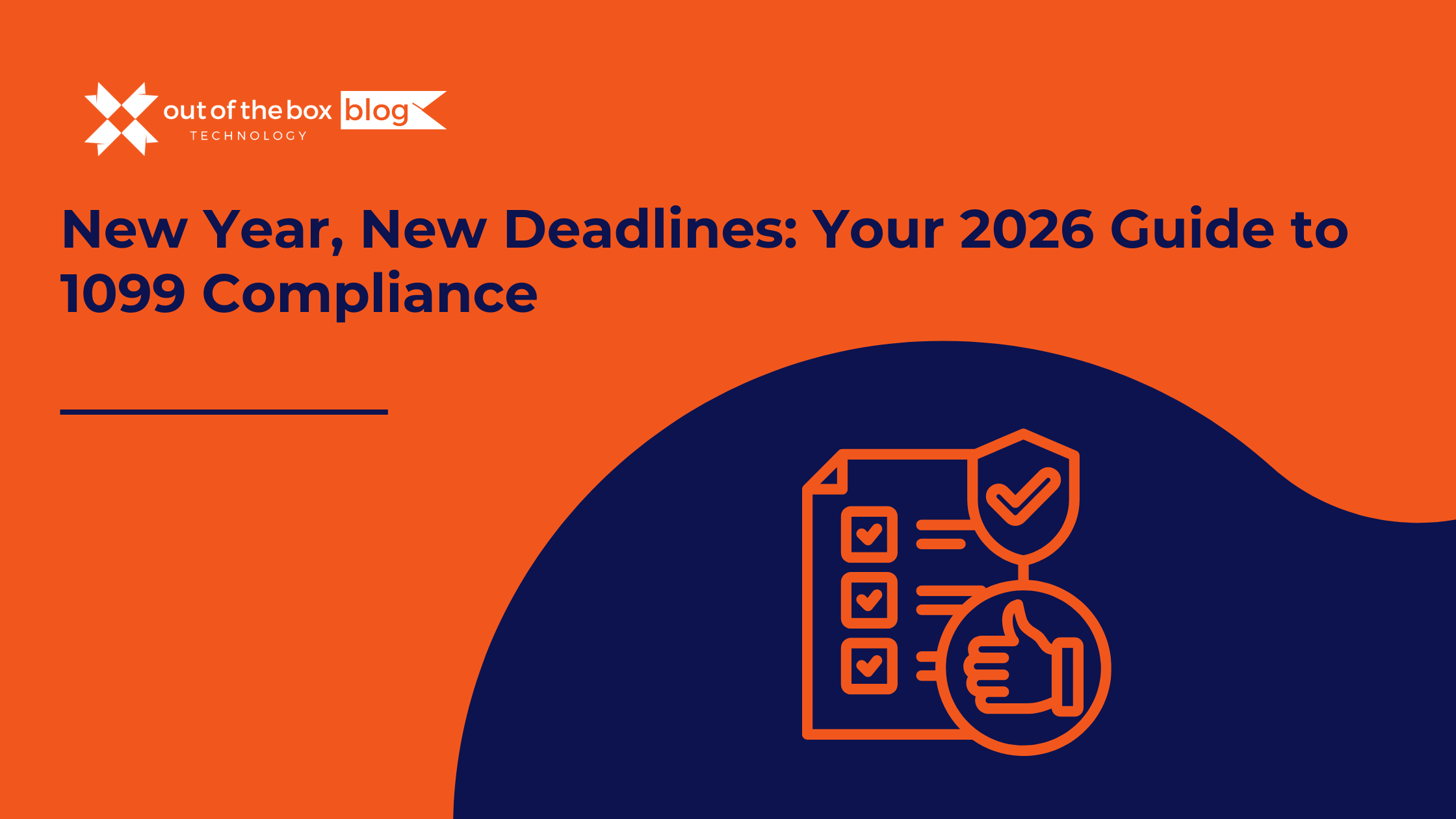Managing and tracking customer payments is a crucial aspect of running a successful business. For many businesses, especially small-to-medium enterprises (SMEs), cash flow challenges often stem from disorganized payment processes. Late payments can lead to financial strain, hinder growth, and consume valuable time. Therefore, having a reliable system in place to manage and track customer payments can significantly improve your operations and bottom line.
In this guide, we’ll explore effective strategies to track customer payments, useful tools and software, real-world examples, and practical tips to ensure your cash flow remains healthy.
Why Tracking Customer Payments is Essential
Maintaining an organized system for tracking customer payments offers multiple benefits:
- Improved Cash Flow: Ensures you receive payments on time, helping maintain steady cash flow.
- Reduced Errors: Accurate tracking reduces the risk of billing mistakes and disputes.
- Better Customer Relationships: Transparent billing practices build trust with clients.
- Easier Financial Reporting: Accurate records simplify bookkeeping and tax preparation.
- Business Insights: Helps identify patterns in customer payments and late payers.
According to a report by the U.S. Small Business Administration, 82% of small businesses fail due to cash flow issues. Properly tracking customer payments is one of the most effective ways to mitigate this risk.
Key Strategies to Track Customer Payments
1. Implement Clear Payment Terms
Clearly communicate your payment terms to your customers upfront. This includes:
- Due Date: Common terms include Net 15, Net 30, or immediate payment.
- Late Payment Penalties: Specify fees for overdue payments (e.g., a 2% monthly late fee).
- Payment Methods: Clearly state acceptable payment options (bank transfers, credit cards, checks, etc.).
Example: “All invoices are due within 30 days of receipt. A late fee of 1.5% per month will apply to overdue payments.”
2. Use Invoicing Software
Automated invoicing software can streamline the process of managing and tracking customer payments. Popular tools include:
- QuickBooks
- Xero
- FreshBooks
- Zoho Books
These platforms offer features like automated reminders, recurring invoices, and payment tracking dashboards.
Data Point: According to a 2023 study by Fundera, businesses that use invoicing software get paid on average 2x faster than those using manual methods.
3. Send Invoices Promptly
The sooner you send an invoice, the sooner you’ll get paid. Delayed invoicing leads to delayed payments.
Tip: For long-term projects, consider sending milestone invoices (e.g., 50% upfront and 50% upon completion) rather than waiting until the end.
4. Automate Payment Reminders
Sending payment reminders reduces the chances of overdue payments. Automation tools can schedule reminders at key intervals (e.g., 7 days before the due date, on the due date, and 7 days overdue).
Example Reminder:
“Hello [Customer Name],
This is a friendly reminder that Invoice #12345 is due in 7 days. Please contact us if you have any questions. Thank you!”
5. Offer Multiple Payment Options
Make it easy for customers to pay by offering various payment methods such as:
- Credit/Debit Cards
- Bank Transfers (ACH)
- Digital Wallets (PayPal, Stripe, etc.)
- Checks
Data Point: A PYMNTS.com report found that 72% of consumers prefer businesses that offer digital payment options.
6. Track Payments in Real-Time
Use dashboards to monitor payment statuses in real-time. Invoicing software often offers color-coded status indicators:
- Green: Paid
- Yellow: Pending
- Red: Overdue
This visual representation helps you quickly identify overdue payments and take action.
7. Reconcile Payments Regularly
Regularly reconcile your payment records with your bank statements to identify discrepancies. Monthly or weekly reconciliations can prevent small issues from becoming big problems.
Example Practice: Every Friday, review your bank transactions and match them to your outstanding invoices.
8. Create a Collections Process
For overdue payments, have a clear collections process:
- Friendly Reminder (Day 1-7 overdue)
- Firm Reminder (Day 8-14 overdue)
- Collections Warning (Day 15-30 overdue)
- Send to Collections Agency (After 60 days overdue)
Having a defined process helps maintain professionalism and ensures consistent follow-ups.
Real-World Example: Small Business Case Study
Business: GreenLeaf Landscaping
Challenge: GreenLeaf struggled with late payments, which affected their ability to purchase supplies and pay employees on time.
Solution: They implemented QuickBooks for invoicing and automated payment reminders. They also adopted a “50% upfront, 50% upon completion” policy.
Result: Within 6 months, their late payments decreased by 70%, and cash flow improved significantly.
Common Mistakes to Avoid When Tracking Payments
- Not Following Up: Failing to send reminders can result in chronic late payments.
- Inconsistent Invoicing: Sporadic invoicing confuses customers and delays payments.
- Ignoring Reconciliation: Not reconciling accounts regularly can lead to missed payments.
- Complex Payment Terms: Overly complicated terms deter customers from paying promptly.
FAQs About Tracking Customer Payments
1. How can I encourage customers to pay faster?
- Offer early payment discounts (e.g., 2% off if paid within 10 days).
- Send prompt and professional invoices.
- Provide multiple payment options.
2. What should I do if a customer refuses to pay?
- Communicate professionally and ask for a reason.
- Offer a payment plan if applicable.
- As a last resort, involve a collections agency or pursue legal action.
3. How often should I reconcile my accounts?
- Weekly or monthly, depending on your transaction volume.
4. Can invoicing software integrate with my accounting software?
- Yes, most invoicing software like QuickBooks, Xero, and FreshBooks offer seamless integration with accounting systems.
5. Are there free tools for tracking customer payments?
- Yes, tools like Wave and Zoho Invoice offer free versions with basic features.
Conclusion
Effectively managing and tracking customer payments is essential for maintaining healthy cash flow and ensuring business growth. By setting clear payment terms, using automated invoicing tools, offering flexible payment methods, and maintaining regular follow-ups, you can reduce the risk of late payments and streamline your financial processes.
Investing in the right tools and practices now will save you time, reduce stress, and improve your overall business operations. Don’t let payment tracking be an afterthought—make it a core part of your financial strategy.
Simplify Your Bookkeeping Today!
Discover the benefits of outsourcing bookkeeping for your small business. Contact us now to schedule a consultation and take the first step toward financial clarity and success!



